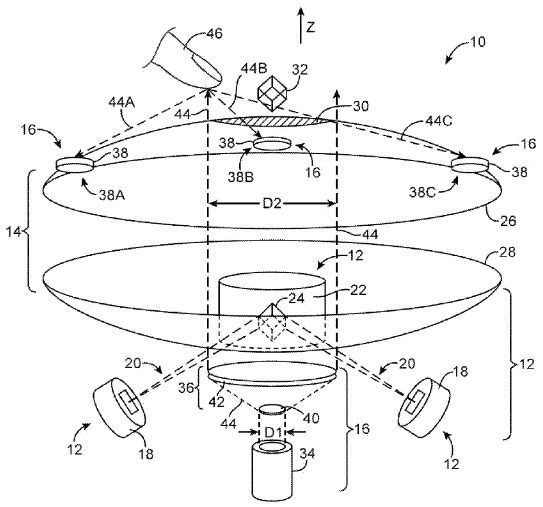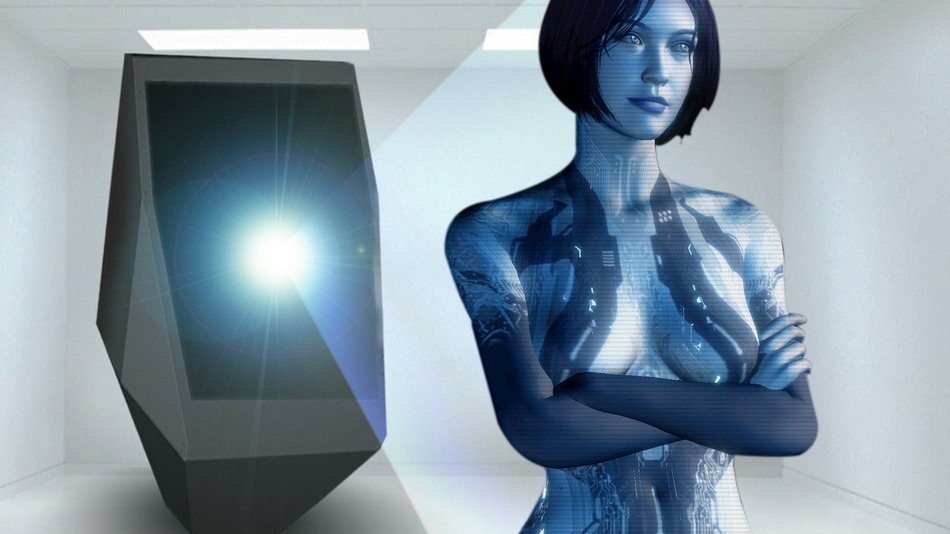Now that I’m basically home-schooling my daughter due to The Lockdown, I’m realizing how ridiculous math textbooks and workbooks are. Who writes these things / creates these problem sets? Today’s homework assignment had these nuggets in it:
“Kelly subtracted 2.3 from 20 and got 17.7. Explain why this answer is reasonable.”
The obvious answer is “because it is correct.” But that would get the student zero points. The expected (I assume) answer is about number sense / estimation, e.g., “If I subtract 2 from 20 I get 18, but I have to subtract a little bit more, and 17.7 is a little bit less than 18, so 17.7 is a reasonable answer.” Now my issue with this problem is that the actual arithmetic is so simple that it is arguably easier to do just do it than it is to go the estimation route. The problem sets the students up for failure, and undercuts the point of the unit: that estimation is a valuable tool. A better problem would have used numbers with more digits to hint that the students were supposed to estimate the result instead of calculating it, and to show that estimation saves time and effort.
“At a local swim meet, the second-place swimmer of the 100-m freestyle had a time of 9.33 sec. …”
This one made me laugh out loud, and I’m not even a sports fan who follows swimming. But even I know that swimming is a lot slower than running, and upon checking, I found that the world record for the 100m freestyle is 46.91 seconds. Who was competing in this “local swim meet?” Aquaman? My issue here is that the problem creator failed to understand the reason for using this type of word problem: reinforcing the important notion that math is important in the real world. But by choosing these laughable numbers, the creator not only undercut that notion, but created exactly the opposite impression in the students: that math has no relationship to the real world.
And from today’s section of the textbook, this table:
| Location | Rainfall amount in a typical year (in inches) |
| Macon, GA | 45 |
| Boise, ID | 12.19 |
| Caribou, ME | 37.44 |
| Springfield, MO | 44.97 |
Followed by this question: “What is the typical yearly rainfall for all four cities?” The book expects 139.6 inches as the answer, but that answer makes no sense. Rainfall amounts measured in inches can not be added up between multiple locations, because they are ratios, specifically volume of rain per area. How is that supposed to work? Stacking the four cities on top of each other? As in the previous example, this problem undercuts the goal of showing that math has a relationship to the real world. These students, being in fifth grade, wouldn’t necessarily realize the issue with this problem, but it really makes me think whether the person creating this example has advanced beyond fifth grade. Or, even worse, if that person is actively trying to create the impression that math is just some numbers game that happens in a vacuum. If so, good job.
My daughter was actually stumped by this last one, having no idea what the book meant by “typical yearly rainfall for all four cities,” and I had to explain to her that the question makes no sense, and reassure her that math is important, even if the math textbook goes out of its way to teach the students that math is frustrating, incomprehensible, and has no point. Again, good job, textbook writers.
In violation of Betteridge’s Law, I will answer the question posed in this post’s headline with a resounding “YES!“




